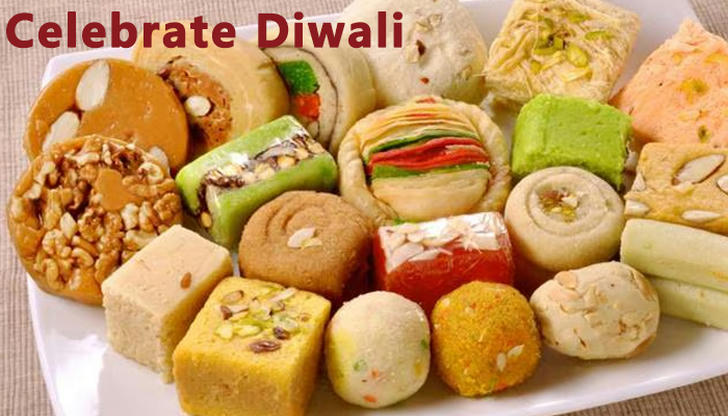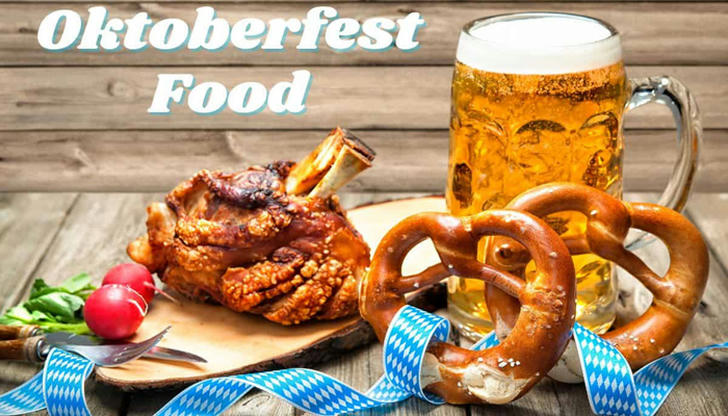Celebrating Cultures Through Food: Exploring Holiday Recipes from Around the World

Food is often the heart of holiday celebrations, bringing together families, communities, and cultures. Across the globe, each culture has its own set of unique dishes tied to significant holidays. These dishes carry rich histories, deep symbolism, and serve as an expression of identity and tradition. From the sweets of Diwali to the hearty feasts of Thanksgiving, food connects us to our heritage, helps us celebrate, and creates lasting memories with loved ones. In this article, we’ll explore holiday recipes from around the world, celebrating the diversity and richness of global culinary traditions.
1. The Role of Food in Cultural Celebrations
Food plays a central role in most cultural and religious holidays, acting as a way to honor history, values, and beliefs. Every dish served on a holiday table often has a deeper meaning, representing hopes for prosperity, health, and unity. In many cultures, food is more than just sustenance; it’s an essential part of rituals and celebrations. For instance, in Jewish tradition, foods like latkes and sufganiyot are enjoyed during Hanukkah, symbolizing the miracle of oil. Similarly, Thanksgiving in the United States revolves around the idea of gratitude, with a meal that signifies the gathering of family and the blessings of harvest. Each dish tells a story and strengthens the cultural bond within families and communities.
2. Holiday Recipes from Around the World
A. Christmas in the United Kingdom: Traditional Christmas Dinner
In the United Kingdom, Christmas is a time for family gatherings, and the Christmas dinner is the heart of the holiday celebration. Traditional dishes include roast turkey, Brussels sprouts, mashed potatoes, and gravy, along with stuffing made from breadcrumbs, herbs, and sausage. The meal is often finished off with Christmas pudding, a rich, fruity dessert traditionally served with brandy butter.
The British Christmas dinner is steeped in history, with roots going back to medieval feasts. Over time, the meal has evolved, but it remains a central part of the holiday season. The festive atmosphere around the dinner table is as much a part of the tradition as the food itself, with the meal bringing loved ones together to celebrate the joys of the season.
B. Diwali in India: Sweets and Savories

Diwali, the festival of lights, is one of the most celebrated holidays in India, symbolizing the triumph of light over darkness and good over evil. During Diwali, families come together to share a variety of sweets and savory dishes. Popular sweets include laddoos, barfis, and gulab jamuns, while savory options like samosas, chivda, and pakoras are enjoyed as well.
Food plays a crucial role in Diwali celebrations, not only for its flavor but also for its symbolism. The sweets are often offered to deities during prayers and then shared with family and friends. The preparation of these foods also brings people together, as many families take part in cooking or exchanging homemade treats.
C. Chinese New Year: Dumplings and Noodles
Chinese New Year is a time for family reunions, and the food served during this celebration carries deep cultural significance. Dishes like dumplings (jiaozi), long noodles, and fish are staples of the holiday. Dumplings, shaped like ancient gold ingots, symbolize wealth and prosperity for the coming year. Long noodles represent longevity, and fish is eaten for good luck and abundance.
The Chinese New Year feast is an expression of good fortune and the hope for a prosperous year ahead. It’s a time to gather with loved ones, honor ancestors, and partake in foods that are believed to bring luck and happiness.
D. Thanksgiving in the United States: A Feast of Gratitude
Thanksgiving is a uniquely American holiday that centers around gratitude, family, and food. Traditionally, the meal includes roast turkey, stuffing, mashed potatoes, cranberry sauce, and pumpkin pie. The origins of Thanksgiving trace back to the early settlers of Plymouth Colony, who celebrated a feast in 1621 to give thanks for a successful harvest.
Today, the meal symbolizes the importance of family and the blessings of the harvest. While turkey is the centerpiece, each family often adds its own signature dishes to the table, creating a personalized spread. The tradition of coming together over food to give thanks for the year’s blessings remains a powerful expression of unity and gratitude.
E. Oktoberfest in Germany: Beer, Pretzels, and Sausages

Oktoberfest is the world’s largest beer festival, held annually in Munich, Germany. While beer is the star of the show, traditional German foods also play a major role in the celebration. Key dishes include bratwurst (sausages), pretzels, schnitzels, and hearty stews. These dishes are served alongside the beers brewed specifically for the festival.
The connection between food and Oktoberfest goes beyond sustenance—it’s about celebration. The communal atmosphere encourages people to enjoy hearty meals while raising a glass to good health and camaraderie. The festival’s foods reflect the rich culinary heritage of Bavaria and have become synonymous with the event itself.
F. Hanukkah in Israel: Latkes and Sufganiyot
Hanukkah, the Jewish festival of lights, is celebrated with foods fried in oil to commemorate the miracle of the oil that lasted eight days in the Temple. Two iconic dishes are latkes (crispy potato pancakes) and sufganiyot (jelly-filled doughnuts). The latkes are typically served with applesauce or sour cream, and the sufganiyot are dusted with powdered sugar.
Both of these foods symbolize the oil that burned in the menorah and are a central part of the festive meals enjoyed during Hanukkah. As families light the menorah and spin the dreidel, they also gather around the table to savor these delicious treats, creating a sense of joy and togetherness.
3. How Food Connects Us Across Borders
While food is deeply rooted in cultural traditions, it also has the power to transcend borders and bring people together. Shared meals create a sense of community, whether it’s over a holiday dinner or a casual meal with friends. In our increasingly globalized world, many holiday dishes have made their way to new regions, where they are embraced by people from different cultural backgrounds.
Fusion cuisine, which blends ingredients and cooking techniques from different cultures, is one example of how food is bridging divides. From combining Mexican and American dishes to merging Asian and European flavors, the evolution of holiday meals reflects the dynamic and interconnected nature of the world we live in.

4. Modern Twists on Traditional Holiday Recipes
While traditional holiday recipes hold sentimental value, many home cooks and chefs are adding modern twists to classic dishes. For example, plant-based versions of turkey are becoming popular for Thanksgiving, while alternative flours are used to make gluten-free latkes during Hanukkah. Fusion dishes, such as sushi rolls made with turkey and cranberry sauce, offer a new spin on holiday traditions.
Social media and food blogs have inspired many people to get creative with their holiday meals, leading to a resurgence of experimental cooking. These modern adaptations allow people to celebrate their cultural heritage while accommodating modern dietary preferences and lifestyles.
5. Tips for Trying Global Holiday Recipes at Home
If you’re eager to explore international holiday recipes, here are a few tips to get started:
Research Traditional Recipes: Look up authentic recipes from the country or culture you’re interested in. Websites, cookbooks, and even YouTube tutorials are great resources for learning how to prepare traditional dishes.
Find Specialty Ingredients: Some global ingredients may be hard to find in local grocery stores. Check out ethnic markets, online grocery stores, or substitute ingredients when necessary.
Involve Family and Friends: Make cooking a social event. Invite loved ones to join in on preparing the dishes, and enjoy the cultural experience together.
Embrace New Flavors: Be open to trying new spices, herbs, and cooking methods that might be unfamiliar to you. The flavors of holiday meals are often what make them so special.
Conclusion
Food is a universal language that speaks to our shared human experience. Through holiday meals, we celebrate our cultures, traditions, and the connections we share with those around us. By exploring recipes from around the world, we not only enrich our culinary knowledge but also build bridges of understanding and appreciation for diverse cultures. So, this holiday season, why not try cooking a dish from another culture and celebrate the beauty of global unity through food?
